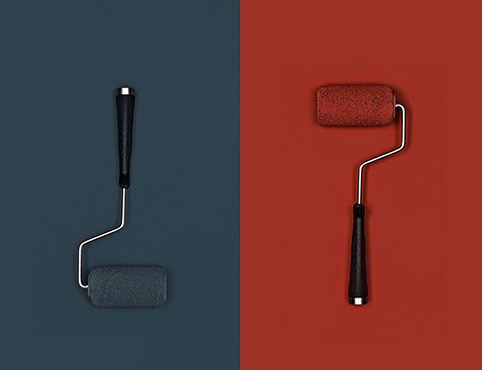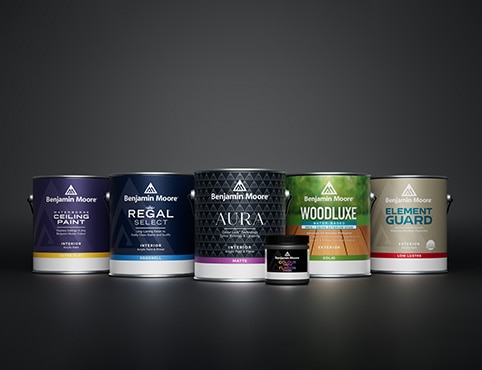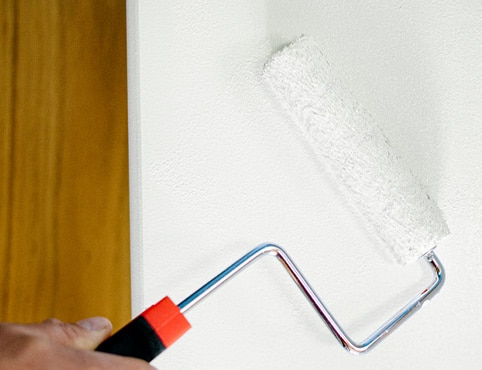How To Choose The Best Paintbrush For Interior Projects
Pairing the right paintbrush with premium paint is an important step for a successful DIY home project. Here’s what you need to know.
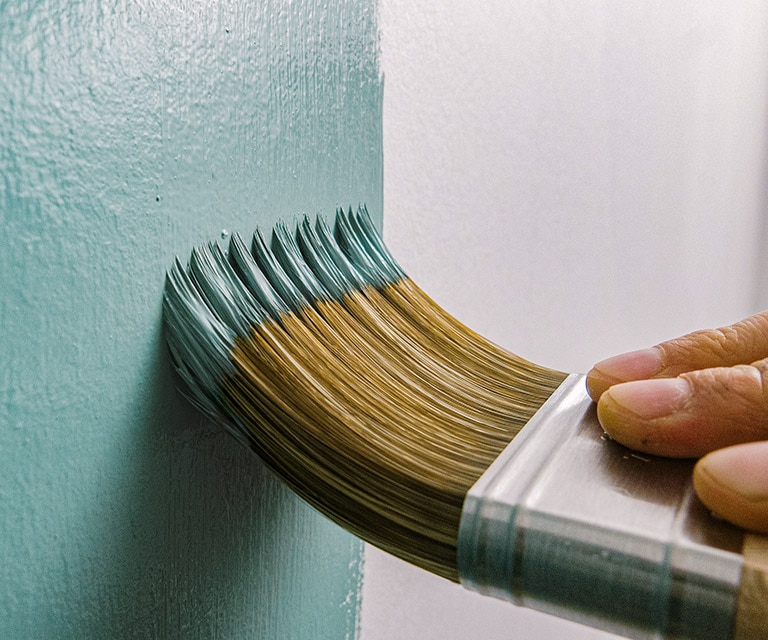
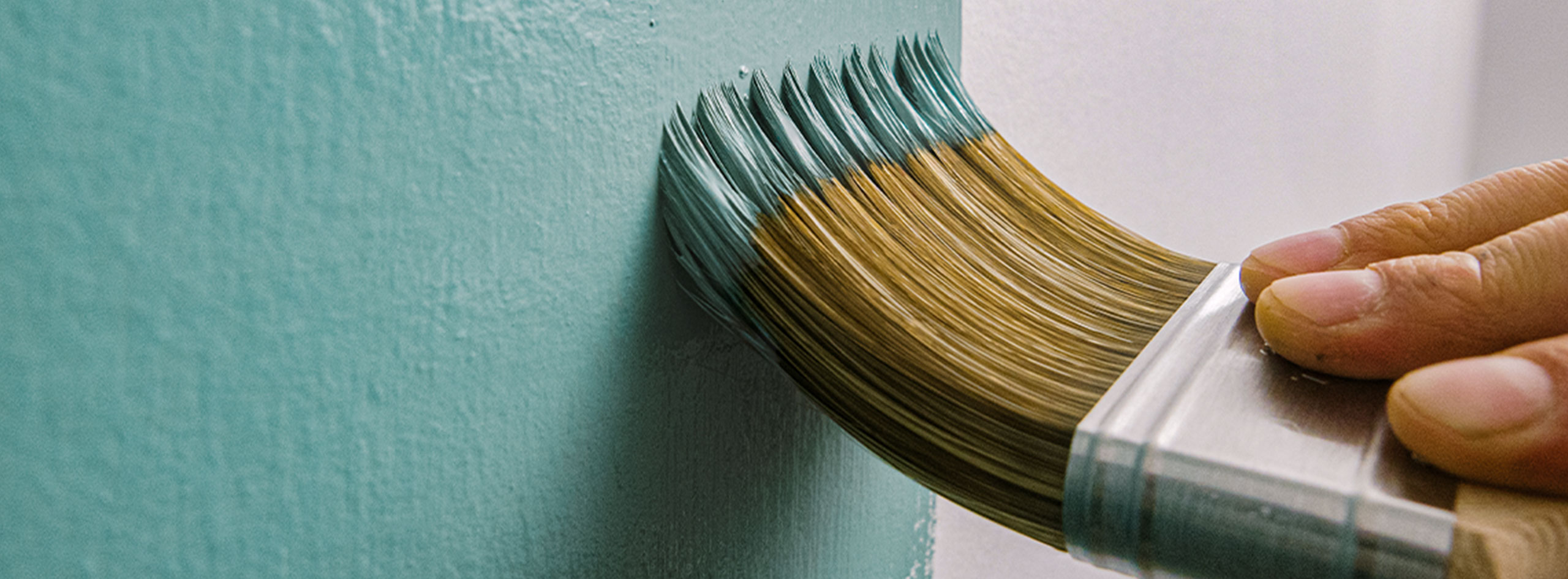
Paintbrushes come in a variety of shapes and sizes. There is also a range of paintbrush bristle types to consider. While a roller cover is the best choice for large flat surfaces like ceilings and walls, anything with raised, recessed or finer details requires a paintbrush.
Angled Paintbrush & Flat Paintbrush: Two Main Paintbrush Options
- Angled sash paintbrushes offer bristles cut at an angle. They are best for corners, woodwork, and moulding—or other surfaces that demand detail work.
- Flat sash paintbrushes provide bristles cut straight across the end. They are best for larger, flat surfaces where there is less detail to paint.
Helpful Tip
Use a foam brush to apply paint on a smooth finish on cabinetry, furniture, trim and more.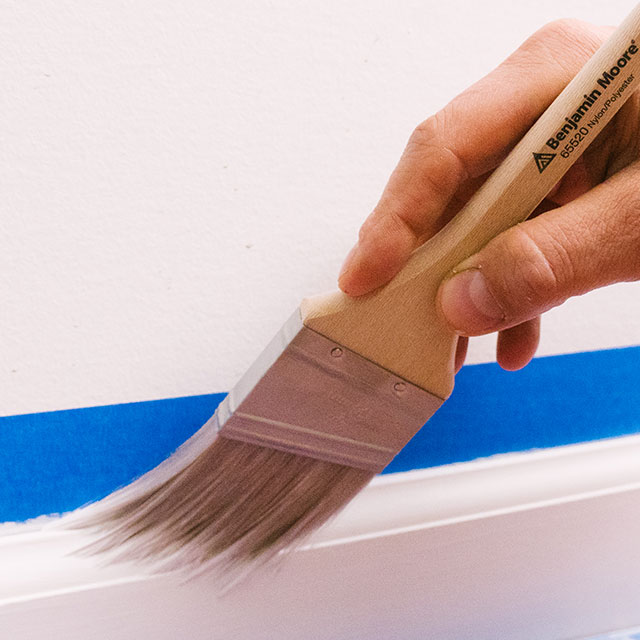

Paintbrush Quality
A quality paintbrush lasts longer, holds more paint and applies paint more evenly. Another benefit? A better-quality paintbrush won't leave brush marks or shed bristles. When shopping for a high-quality paintbrush, look for the following:
- A good brush flexes at the tips and springs back into shape when pressure is released.
- 'Flagged' bristle tips have been machine distressed and appear frizzy. They also are a different colour than the bristle. Flagging enables a brush to hold more paint and give a more even finish.
- When the bristles are pulled apart, a quality brush won’t have a gap in the centre, exposing the handle.
- Professional painters prefer an unfinished wooden handle because it doesn’t slip in the hand like painted or plastic handles.
- A firmly attached, nailed-in ferrule (the shaft that binds the bristles together) won’t loosen with use. Look for copper or stainless steel ferrules – they don’t rust like tin or nickel-plated ones.
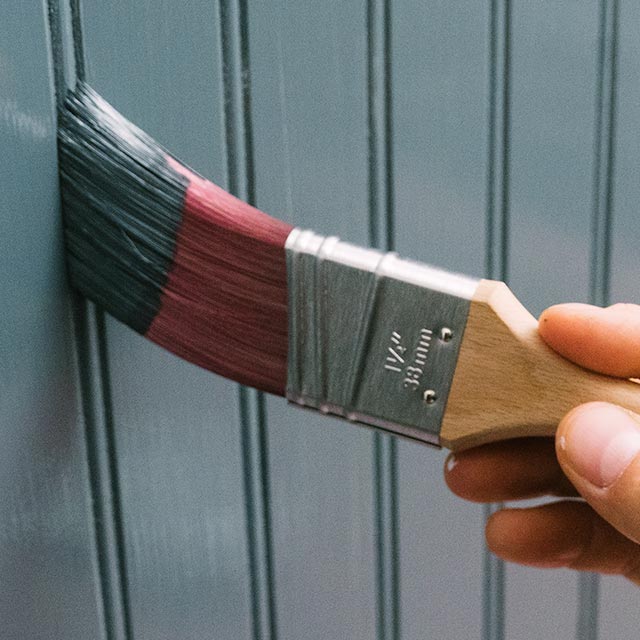

Paintbrush Sizes
Paintbrushes generally come in sizes ranging from a 2.5 cm (1") to 15.2 cm (6”) wide.
Larger brushes hold more paint than small brushes do, cover more surface area, and cut a wider line. Choose:
- A 10,2 to 15.2 cm (4-6”) wide, flat sash paintbrush for wide-open flat surfaces like long, uninterrupted walls and garage doors.
- A 7.6 to 10.2 cm (3-4”) wide, flat sash paintbrush for large flat surfaces like walls, doors, and bookshelves.
- A 6.4 cm (2 ½”) flat sash brush will work for narrower flat surfaces like wide moulding, cabinet doors, or baseboards.
Smaller brushes give you greater control. Use…
- A 5 cm (2”) wide angle sash brush for cutting in corners.
- A 2.5 – 6.4 cm (1-2 ½”) angle sash brush to paint woodwork and moulding as well as projects where precision matters, like the details of carvings or trim work.
Helpful Tip
Prevent fatigue and reduce hand cramps with a brush that feels truly comfortable to hold. The size of your hand, the size of the handle, and the overall weight are important considerations.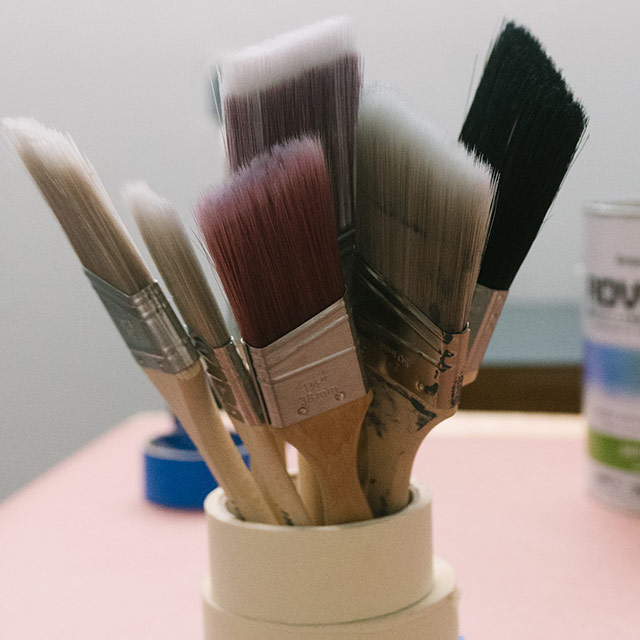

Paintbrush Bristles: Go for Synthetic
While paintbrush bristles can have either synthetic or natural bristles, synthetic bristles are the most practical. Commonly used by DIY-ers and professional painters alike, they work well with water-based paints like Aura® Interior, ben® Interior, and Regal® Select Interior. Bristle options include:
- Nylon & Polyester—Recommended for latex paints, acrylic paints, and oil-based enamels, these bristles offer exceptional paint capacity and provides the fastest results.
- Soft Nylon & Polyester—Use this type of bristle for all paints, especially semi-gloss and satin or pearl finishes. They provide extra flex for smooth application, leave few brush marks, and have an excellent paint capacity.
- Extra-Firm Nylon & Polyester—Good for all paints, especially thick or heavy coatings, these bristles provide a sharp edge for controlled painting, even in hot or humid conditions. Exceptional paint capacity gives you fast results.
- 100% Polyester—Good for all paints, especially lighter or thinner coatings, 100% polyester bristles virtually eliminate brush marks. They also provide superior smoothness and robust paint capacity.
Natural bristles are the best choice for oil-based or alkyd paints.
- White China—These natural bristle brushes are best used with oil-based paints, especially enamels and varnishes. Ideal for woodwork, enamels, or marine applications, White China bristles virtually eliminate brush marks.
Helpful Tip
When you buy a new brush, save the cardboard wrapper; it is designed to keep the bristles from splaying after washing. Make your paint brushes last by properly cleaning and storing them to get multiple uses.Your local Benjamin Moore retailer carries all the supplies you need for any painting project and the type of expert advice that is all too rare at large home improvement centres. Check out our online store, where you can order paint online and pick it up at your neighbourhood Benjamin Moore store. You’ll also find a range of helpful colour samples to help make your paint colour selection easier.
